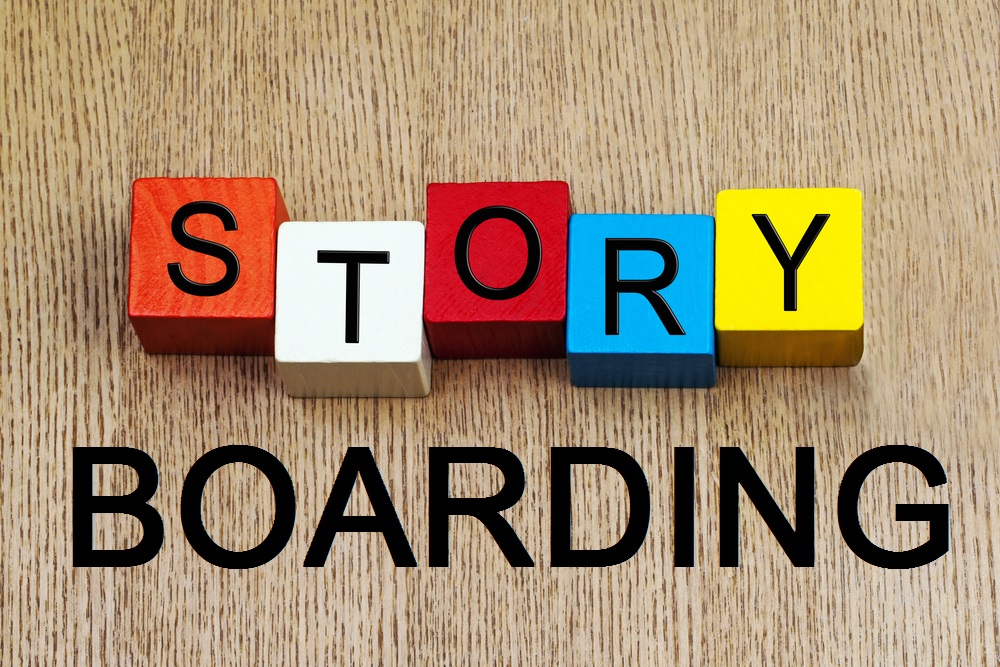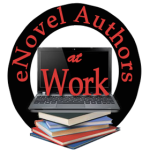by @AnnieDaylon

Curious about how authors create their novels?
Some write freely, discovering the story as they go along. I do that, to a point. Then, with basic plot, key characters, and some scenes in mind, I create an outline.
I have experimented with different ways of outlining, including the use of note cards, step sheets, the Snowflake Method, and software, all of which are detailed by Robbie Blair in Eight Ways to Outline a Novel.
The method that works best for me is the Storyboard. It is the most tangible, visual, and accessible way of plotting a story. Sometimes I have used a linear model, simply placing chronological plot points on a straight line.
In my Work-In-Progress, a three-act thriller set in Vancouver, BC, the story takes place over ten days. The details are tight. I want certain characters in a certain place at a certain time and I have to keep track of their every move. Enter: the W Storyboard.
My W Storyboard is based on Mary Carroll Moore’s model which lends itself well to the three-act structure common in the thriller.
The first line of the W—top to bottom—gives the story setup.
The first low mark represents the first portal or turning point. Once a character crosses that threshold, she must continue the journey. There’s no turning back. Either she can’t get back or there is nothing to go back to. (To quote fellow writer Brian Rodda, “The village is burned, the villagers are dead.”)
Each successive point on the W, as shown in Mary Carroll Moore’s Youtube video, is another portal, another change in direction.
Because I usually know the turning points when I start my storyboard, it’s easy to fill in the portals on the W. After that, I have to get the characters to those portals and that means creating step-by-step details.
Using colorful sticky notes, I write plot points and place them along the lines of the W. Wonderful things, those sticky notes: I frequently make changes and the notes can be pulled off and popped on easily. (Word of warning: if you plan to use sticky notes, buy the good ones; the cheaper versions tend to lose their stickiness and flit around like butterflies.)
My current storyboard has more than just plot. It includes:
-
Dates of Events, displayed on contrasting sticky notes;
-
Images of actors who represent the visual type I’m trying to portray;
-
Character descriptions, detailing height, weight, hair, skin tone, eye color. (These are mere reference points which help avoid simple mistakes, such as a page 27 green-eyed character becoming brown-eyed on page 215.)
-
Settings, sometimes written, sometimes images. (One setting in my thriller is a city loft, so I printed out a floor plan that suits my needs and pasted it on the board.)
Mary Carroll Moore states that her W formula is based on a book The Writer’s Time by Kenneth Atchity. The revised version, one which I am about to download, is on Kindle. The new title? Write Time: Guide to the Creative Process, from Vision through Revision-and Beyond.
If you are an outliner, do you have any outlining tips?
If you are a pantser, what are your thoughts about outlining?
I invite you to join my author journey: subscribe to blog or newsletter or both! The newsletter contains news about books, links to some blogs, and occasional fun facts about my beloved island of Newfoundland. To sign up, simply place the required information in the spaces provided on the right. Rest assured your email address will not be shared for any reason.
My best to you,


